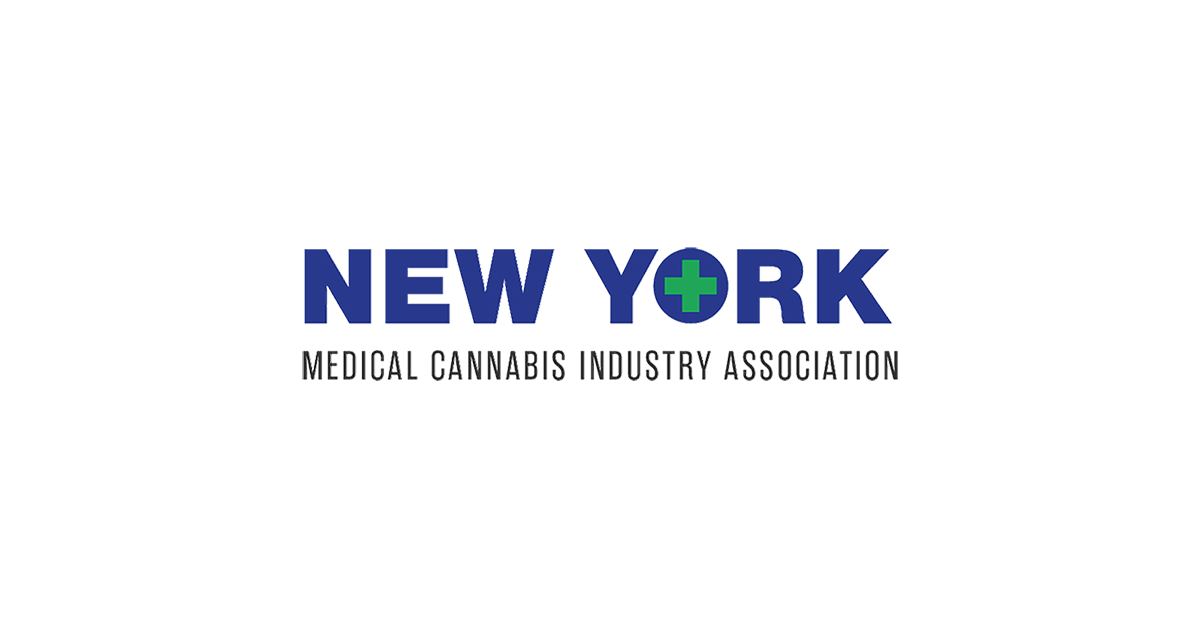As New York allows legal weed, medical patients are left in the cold | Opinion
New York is making progress on setting up its long-awaited adult-use cannabis program, which is a welcome development but also a concern for medical cannabis patients like me.
As a Black woman, I watched with dismay as the War on Drugs decimated inner-city communities across the nation. I am encouraged to see New York placing an early emphasis on equity. It is only right that individuals disproportionately harmed by cannabis prohibition benefit early in the legalization process.
As someone who has relied on medical cannabis for years to manage my MS pain and to maintain a dignified quality of life, I am worried that the much-needed advancements in patient access and health equity in cannabis are getting lost in the priorities of launching the recreational market.
When New York established its medical cannabis program in 2014, it was one of the most restrictive of its kind in the nation. With the passage and signing into law of the Marijuana Regulation & Taxation Act last March significant progress has been made, including a number of key reforms to the medical program.
The Office of Cannabis Management implemented some of these changes in recent weeks — most notably making whole flower, the most affordable form of cannabis, available for purchase by patients. Affordability is critical, as cannabis remains illegal at the federal level and isn’t covered by insurance, so each dollar patients spend on their medication comes directly out of their own pockets.
As mandated by the MRTA, the OCM also expanded the 30-day supply limit to 60 days and did away with the list of pre-qualifying conditions, allowing medical professionals to recommend medical cannabis to any patient they believe will benefit from it.
These are good steps forward, but New York has a long way to go before its medical cannabis program becomes a true success.
In its annual report on the status of medical cannabis programs across the U.S., Americans for Safe Access, the nation’s largest cannabis patient organization, gave New York a D rating — barely a passing grade, due to especially low in the areas of patient access and affordability. This is certainly nothing to brag about.
One stumbling block when it comes to access is the fact that there are just 40 medical cannabis dispensaries in the entire state, which is about one for every 500,000 patients. Some of us who live in more rural areas must travel for an hour or more to obtain medical cannabis.
The MRTA authorized each medical cannabis operator to double the number of permitted dispensaries from four to eight, which would be a significant improvement, dropping that ratio to one dispensary per 250,000 patients.
Obtaining a medical cannabis card in New York is needlessly complicated, requiring a medical professional’s prescription and a time-consuming and confusing application process. Meanwhile, in Louisiana, which, unlike New York, is not generally viewed as a progressive policy champion, has no onerous registration system.
Participation in New York’s medical cannabis program is very low, with just 125,303 patients registered and 3,603 certifying practitioners statewide. That is a small fraction of the state’s 19.4 million residents and more than 53,000 active physicians. By contrast, Florida, which enacted its medical program the same year as New York, has 561,177 participating patients.
Officials have acknowledged that New York’s adult-use cannabis program will not likely be up and running until mid-2023. Therefore, the medical program is the only legal outlet to purchase safe, tested and regulated cannabis products.
Patients like me have waited a long time for the medical cannabis program to live up to its promise and potential; we have suffered long enough. With this in mind, the state should do everything to expand the medical program, educate New Yorkers about its benefits, encourage more people to register, and — most importantly — protect those who are already participating.
